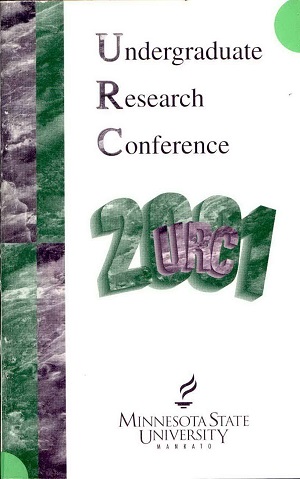Manufacture and Importance of the Bow and Arrow as Described by World Chief of the Hidasta
Location
CSU
Student's Major
Anthropology
Mentor's Name
Mike Scullin
Mentor's Department
Anthropology
Description
Experimental archeology is a relatively new and exciting branch of anthropology. It has also become a very helpful tool for better understanding primitive technology. If we can understand any aspect of a culture's technology, it brings us closer to understanding the people who used or created it. The acquisition of the bow and arrow was a very important technological step for the Hidatsa people of North Dakota. It had a number of cultural and practical roles. Through a previously unpublished body of anthropological data collected by Gilbert Livingston Wilson in 1911, we are given a chance to learn how the Hidatsa manufactured a number of different bows, and the importance each of these played in Hidatsa culture. Bom in 1849, a man named Wolf Chief became both friend and informant to Wilson, and it is through his recollections of his Hidatsa heritage that we can learn (among many other important things) the role that the bow and arrow played, and how it was made.
Manufacture and Importance of the Bow and Arrow as Described by World Chief of the Hidasta
CSU
Experimental archeology is a relatively new and exciting branch of anthropology. It has also become a very helpful tool for better understanding primitive technology. If we can understand any aspect of a culture's technology, it brings us closer to understanding the people who used or created it. The acquisition of the bow and arrow was a very important technological step for the Hidatsa people of North Dakota. It had a number of cultural and practical roles. Through a previously unpublished body of anthropological data collected by Gilbert Livingston Wilson in 1911, we are given a chance to learn how the Hidatsa manufactured a number of different bows, and the importance each of these played in Hidatsa culture. Bom in 1849, a man named Wolf Chief became both friend and informant to Wilson, and it is through his recollections of his Hidatsa heritage that we can learn (among many other important things) the role that the bow and arrow played, and how it was made.



